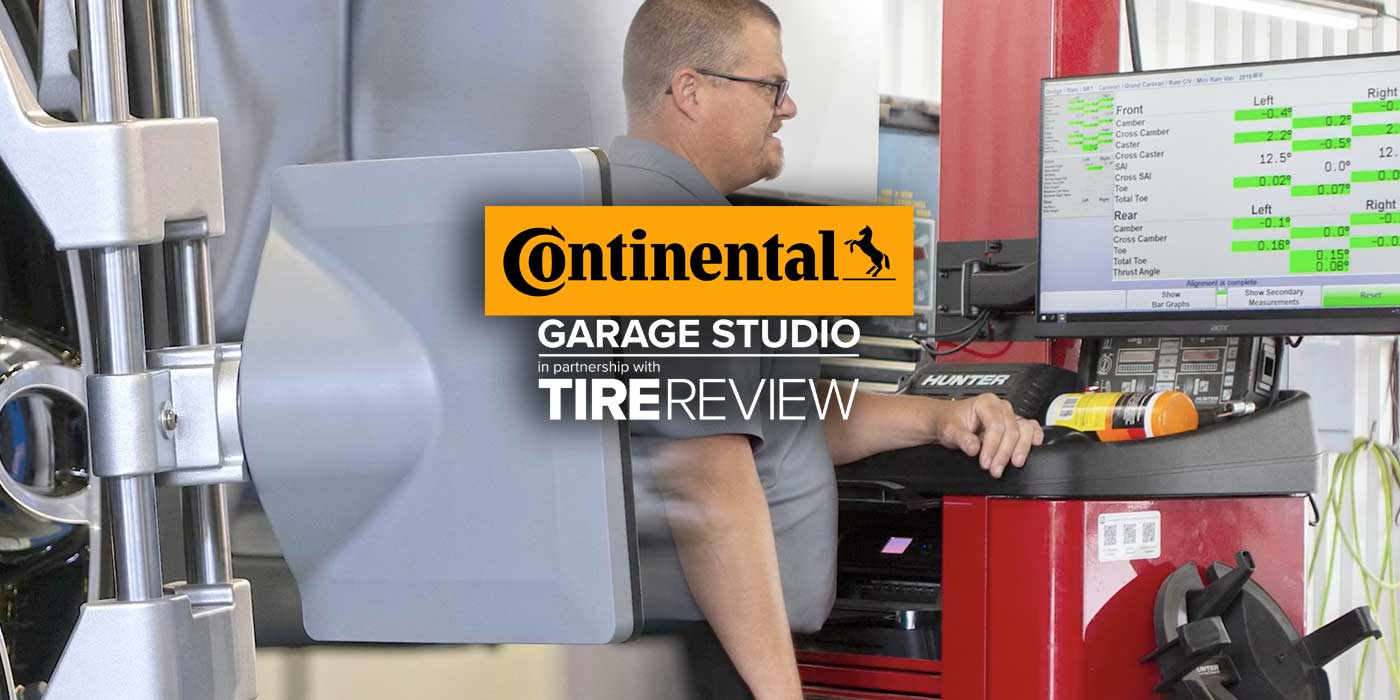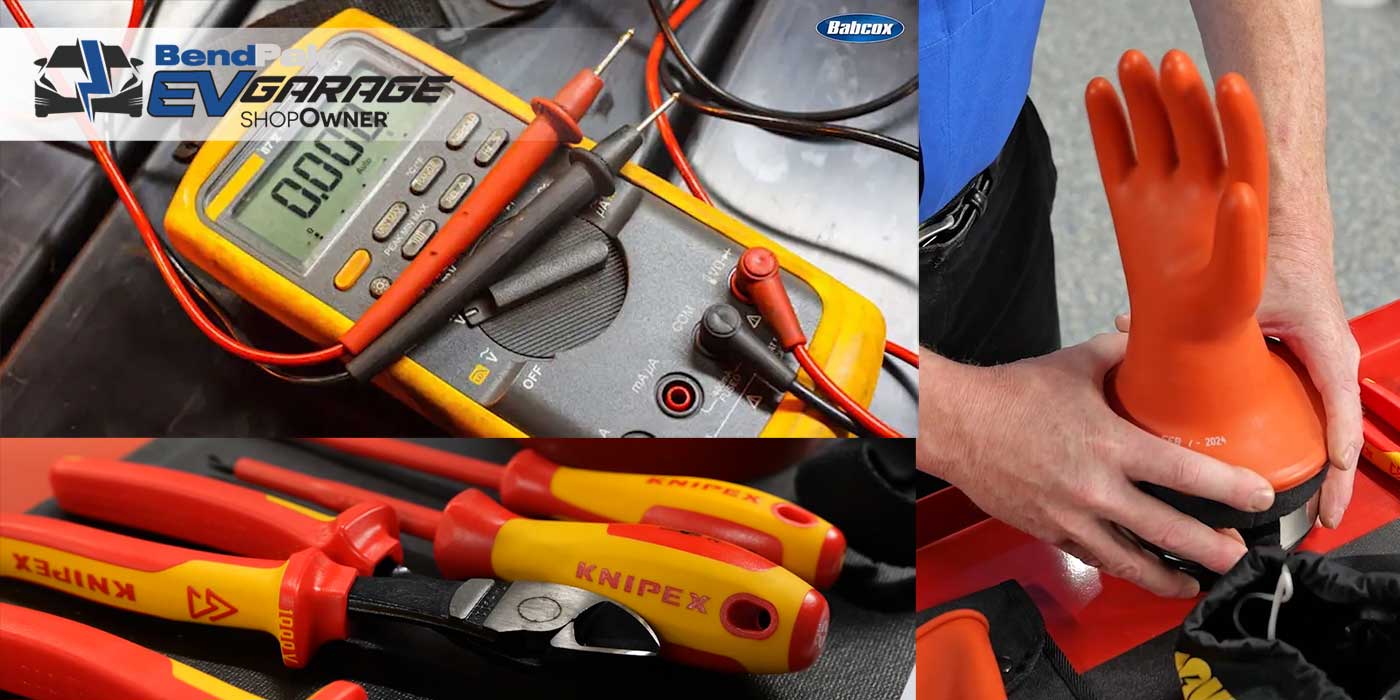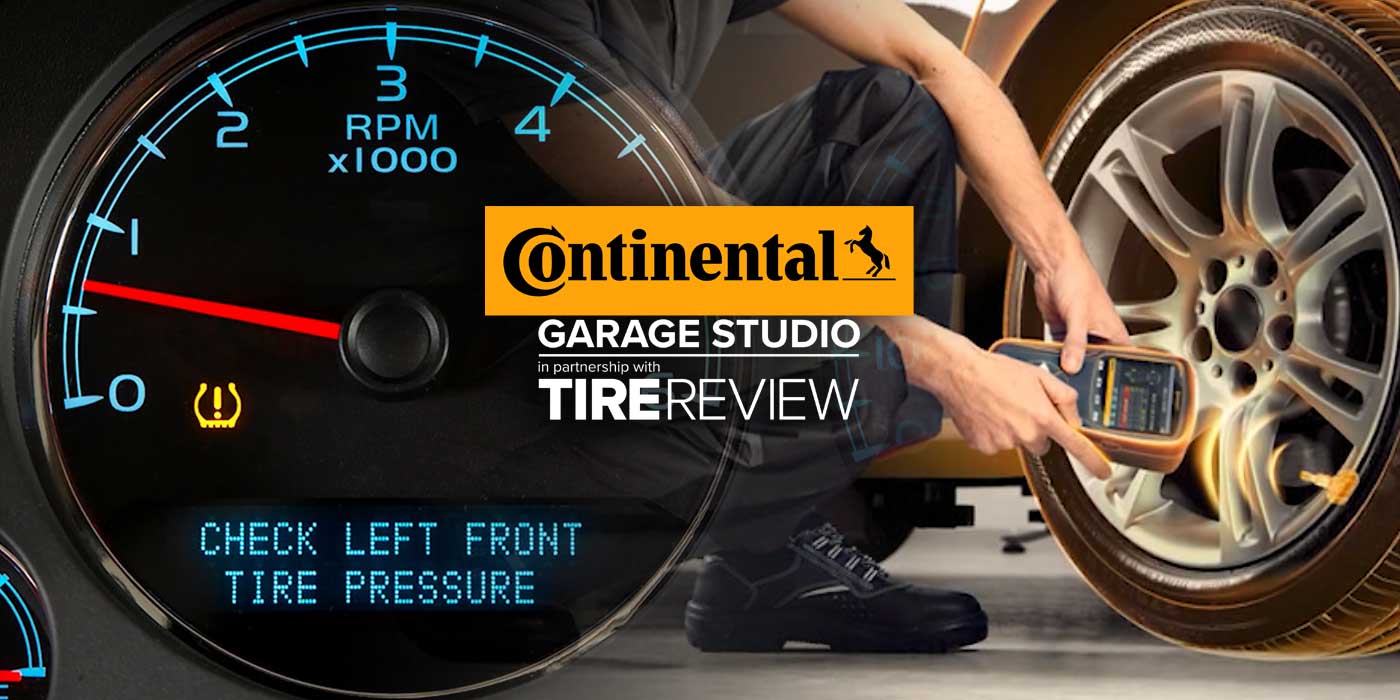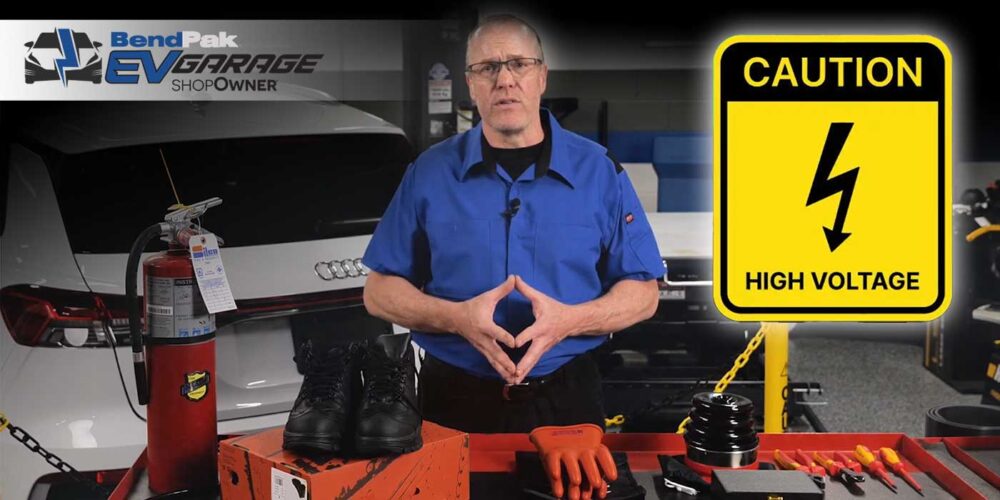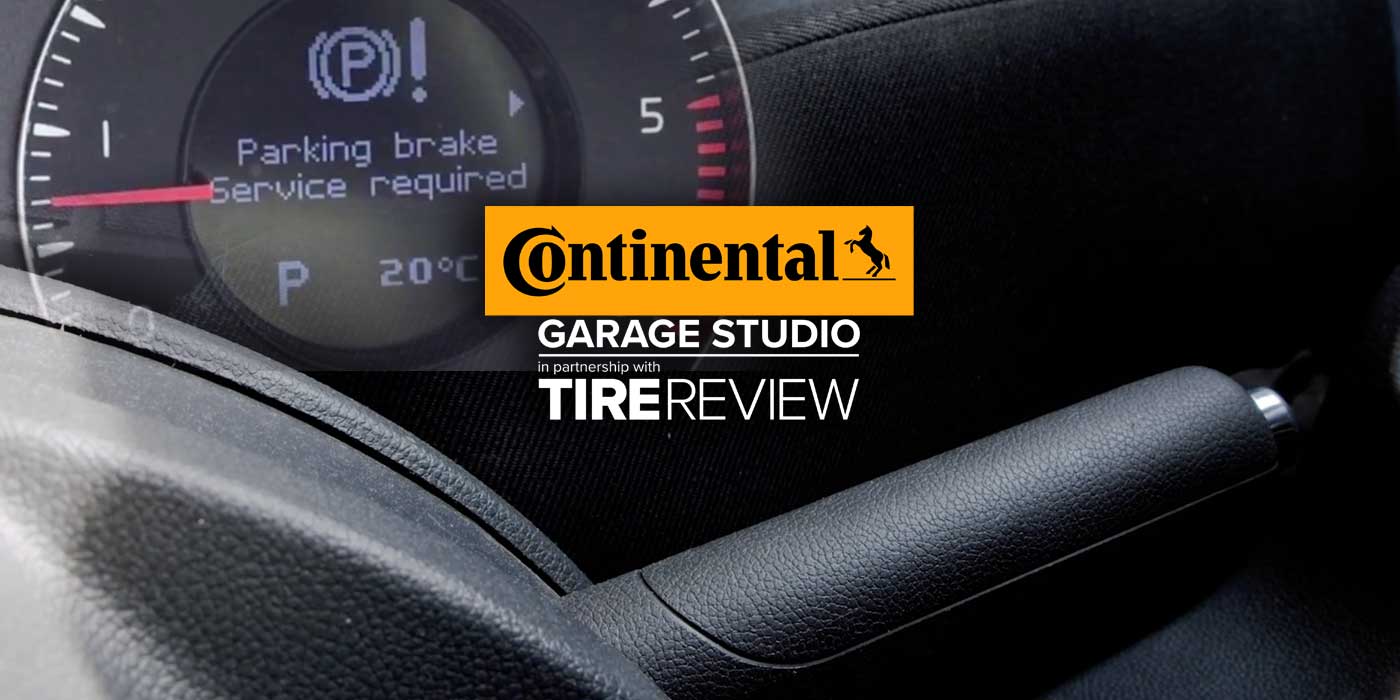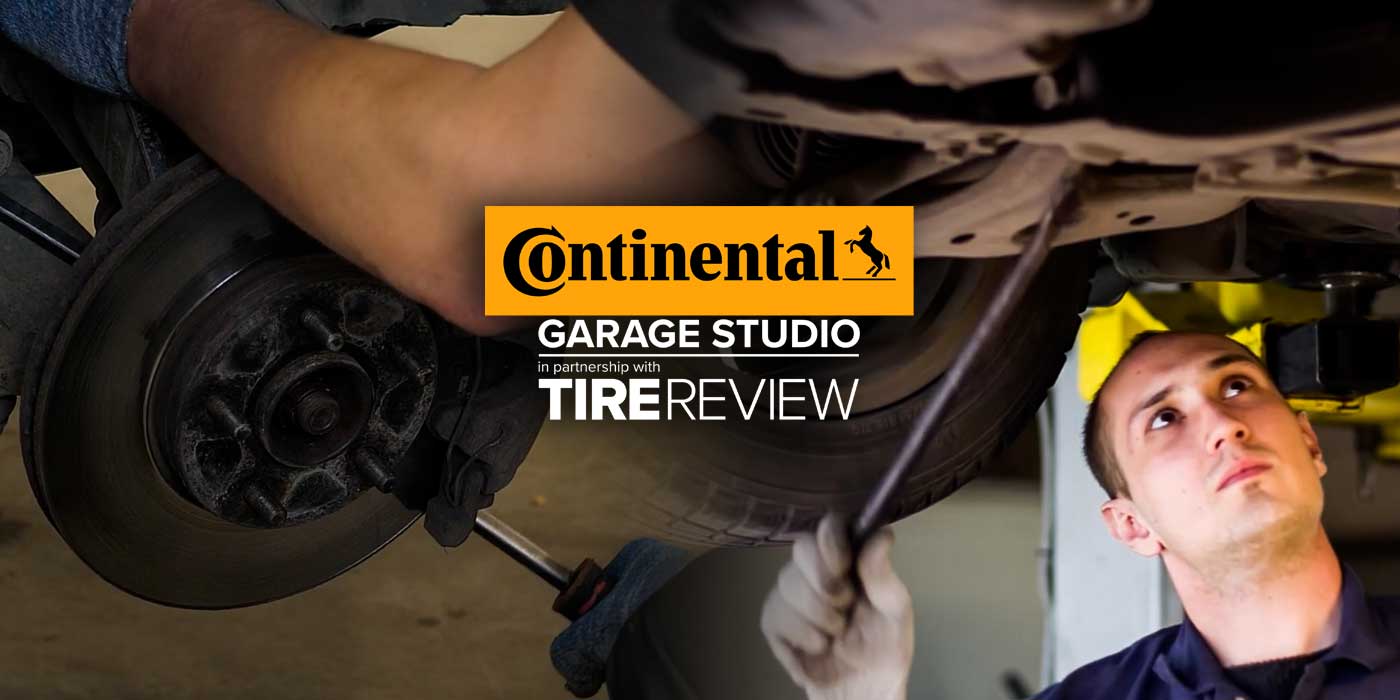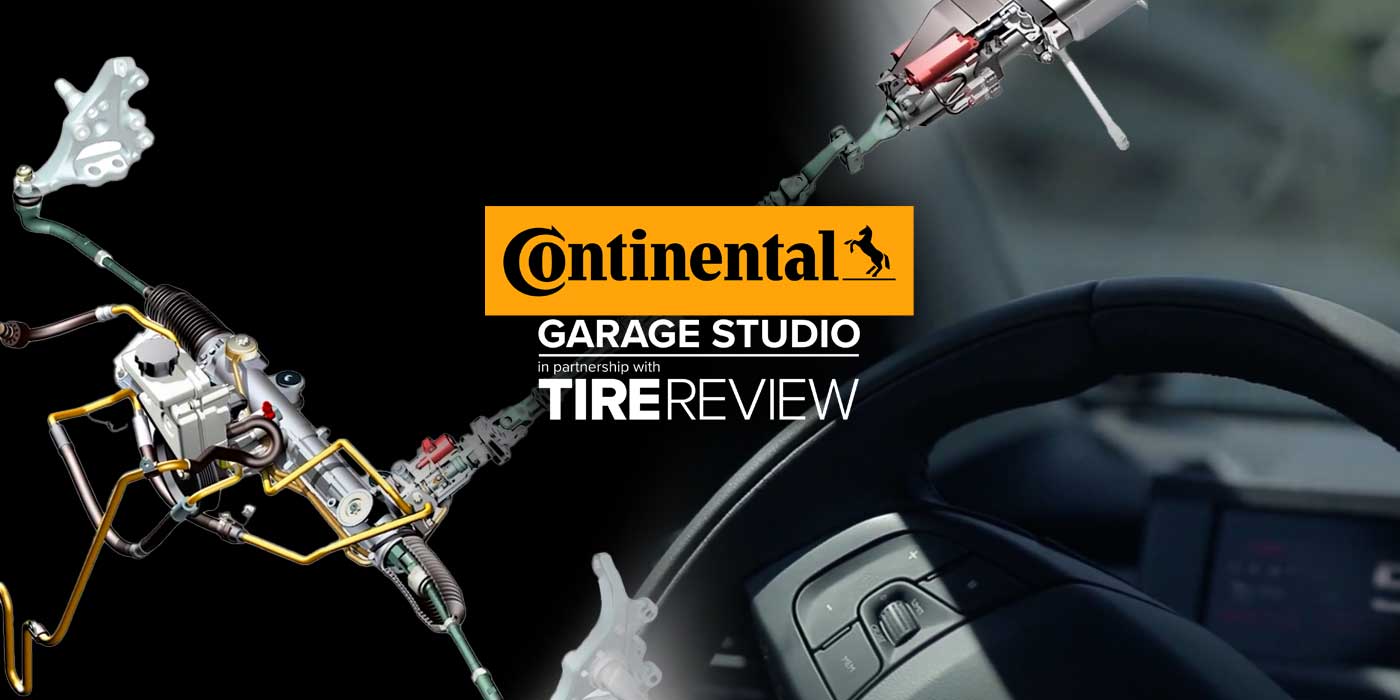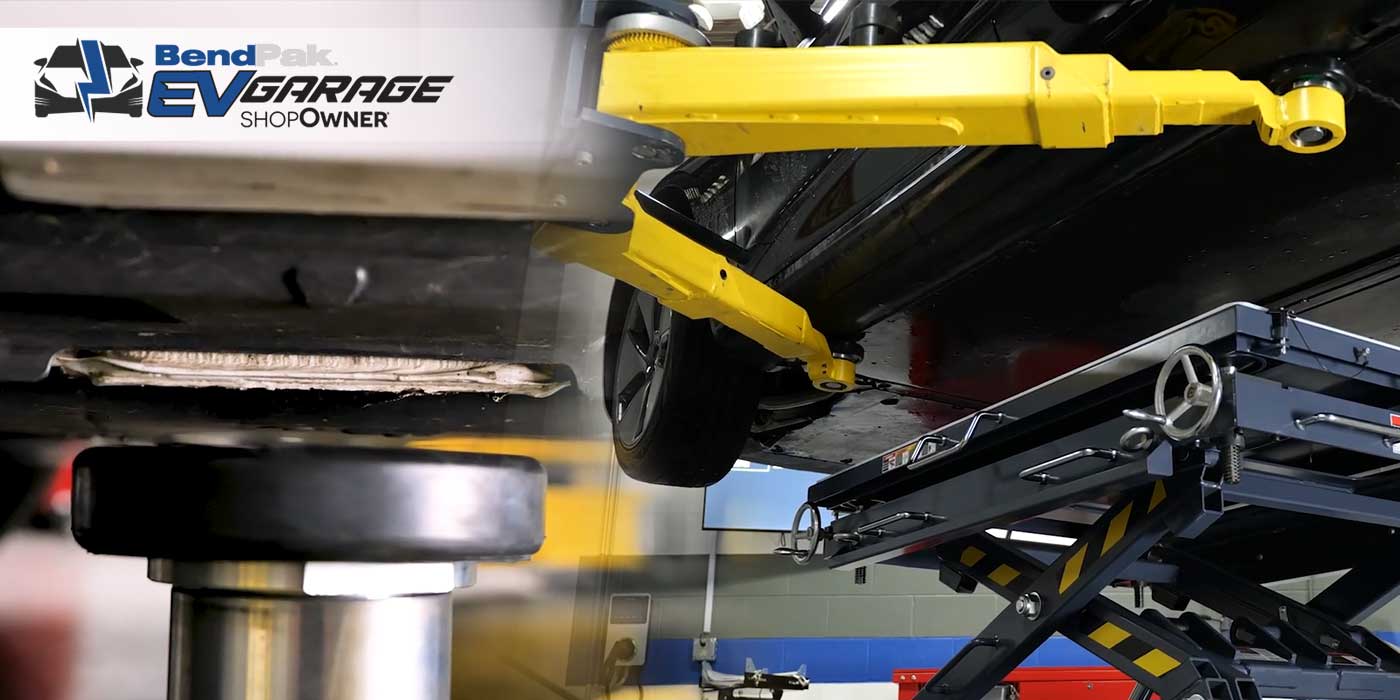Advanced driver assistance systems (ADAS) have evolved from active cruise control to autonomous driving controls since these features first came to the market in 2006. If you’re the age of the average driver, 47, you’ve seen a lot of changes to multiple technology systems within your vehicle. One thing that has remained consistent through the years is that customers complain that the vehicle or technology did something unexpected – like a false activation light. Many false activation scenarios are focused on one malfunctioning sensor. However, with ADAS, the cause of a false activation is likely more mechanical. Let’s talk about why that is.
The difference between ADAS systems and other technology systems like anti-lock braking systems (ABS) or electronic stability control (ESC) is that the latter technology is basically blind, meaning those systems can only sense what is occurring with vehicle dynamics and interpret the driver’s inputs. However, ADAS systems sense things outside the vehicle like lane markings and other objects using cameras, lasers and radar.
Generally, false activations range from the automatic braking system stopping a vehicle randomly like when pulling out of a parking spot, to activating a lane-keeping system when the customer does not expect it. To resolve these complaints, treat them like a drivability problem with a condition, cause and correction.
The condition caused by ADAS activation could be normal – it might be a warning or the activation of the brakes or steering. To understand the condition, know the criteria for activation of the system.
For the most part, ADAS features don’t activate until the vehicle reaches certain speeds. It depends on the OEM, but pre-collision systems might start working between 5-10 mph, while lane departure starts to work above 25 mph. The takeaway is to test drive after calibration – simply pulling out of the bay and parking the vehicle will not allow the vehicle to activate or run a self-diagnosis.
However, before starting a calibration, you need to prep the vehicle. Missing a step can cause the calibration process to be aborted or calibration to be off – even something as simple as a weak battery can cause problems.
First, you should inspect the sensors and the vehicle for damage. Something as simple as hitting a snowbank or parking block can throw things off. Keep in mind that you may have to remove the bumper cover to inspect the sensor. The most common symptom is false or delayed activation of the system.
As part of the inspection, keep an eye on the dash for any lights or messages. Many codes, even a check engine light, indicate a loss of communication with the different modules on the vehicle – problems with missing data could cause issues for ADAS calibrations.
Finally, perform an alignment as part of your inspection – don’t forget to reset the steering angle sensor as part of the alignment. If you don’t reset the sensor, that might cause a steering pull and issues with the electric power steering system and may make the vehicle think a vehicle in the opposing lane is coming right at them.
Don’t forget to follow us on Instagram and Facebook and subscribe to our YouTube channel for more tire, service and shop operations videos.


